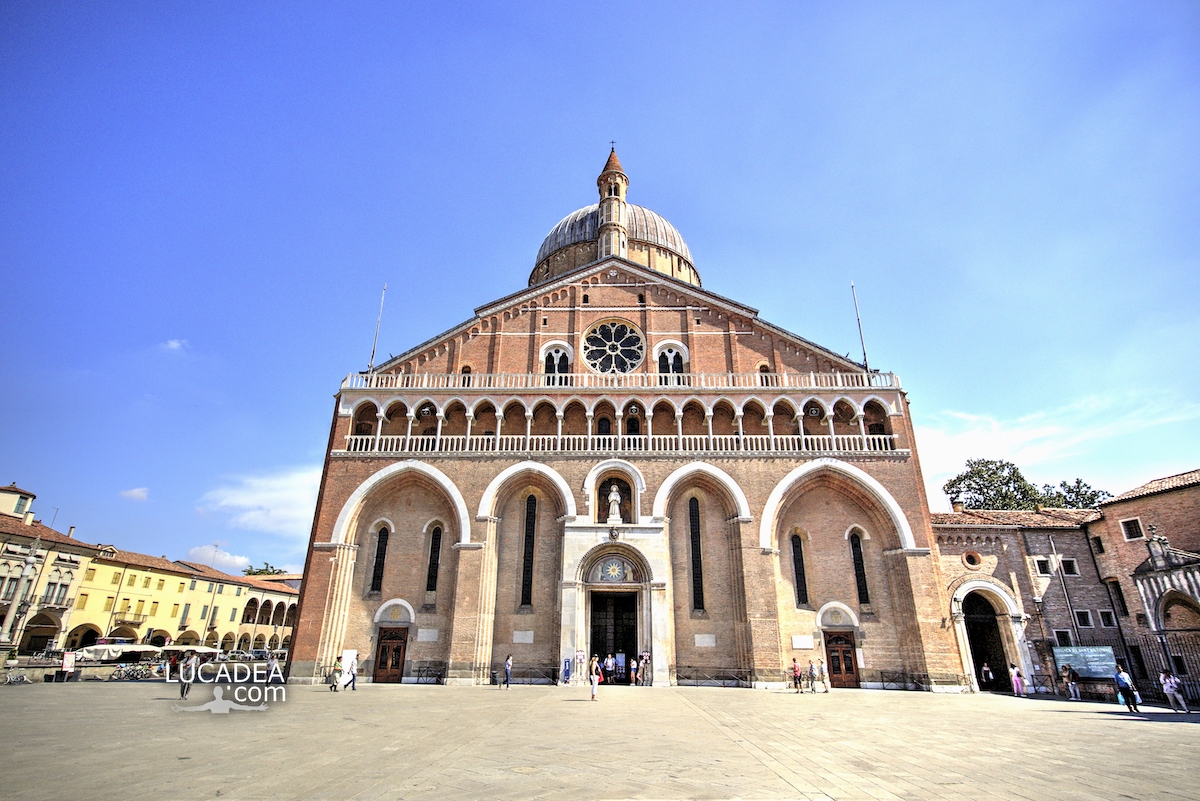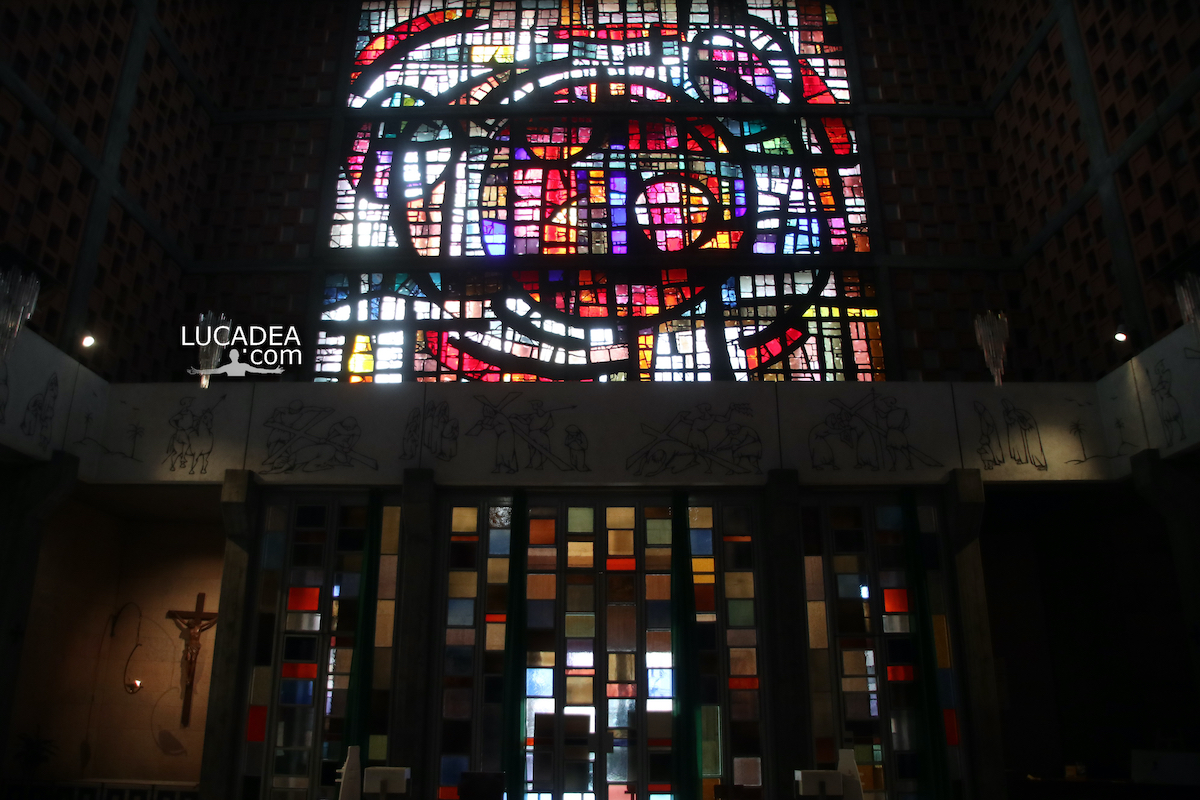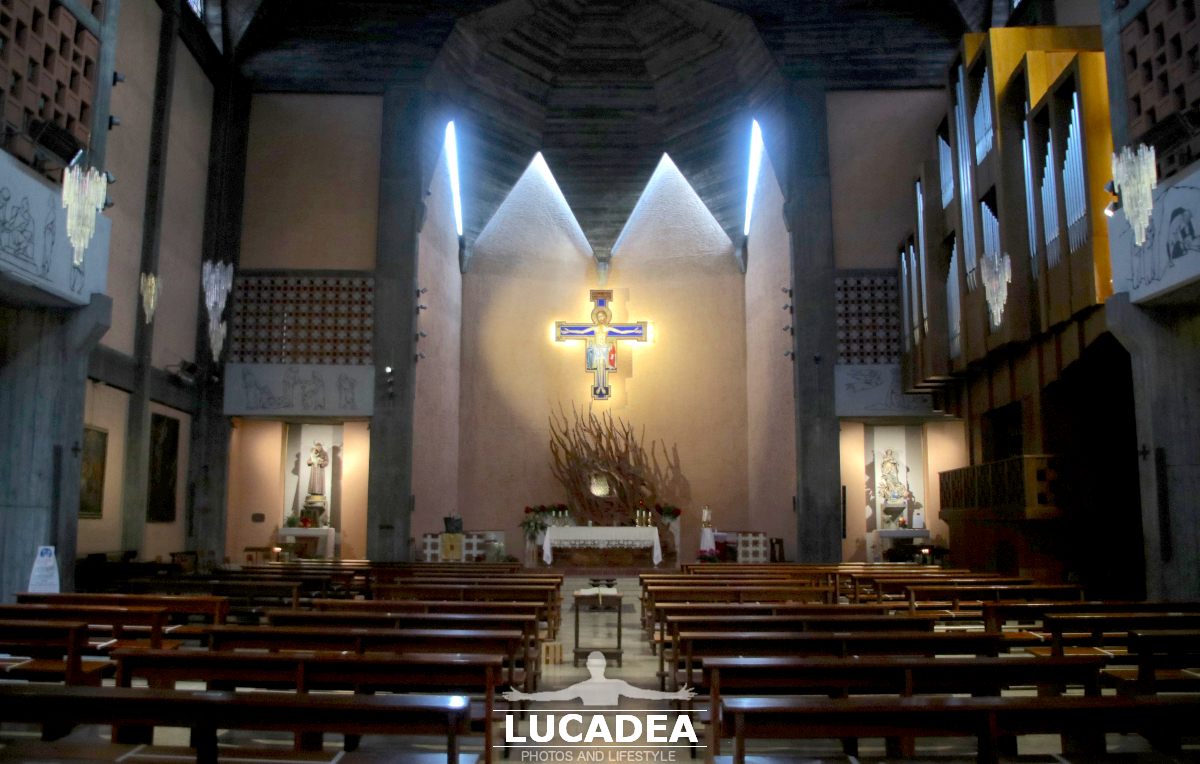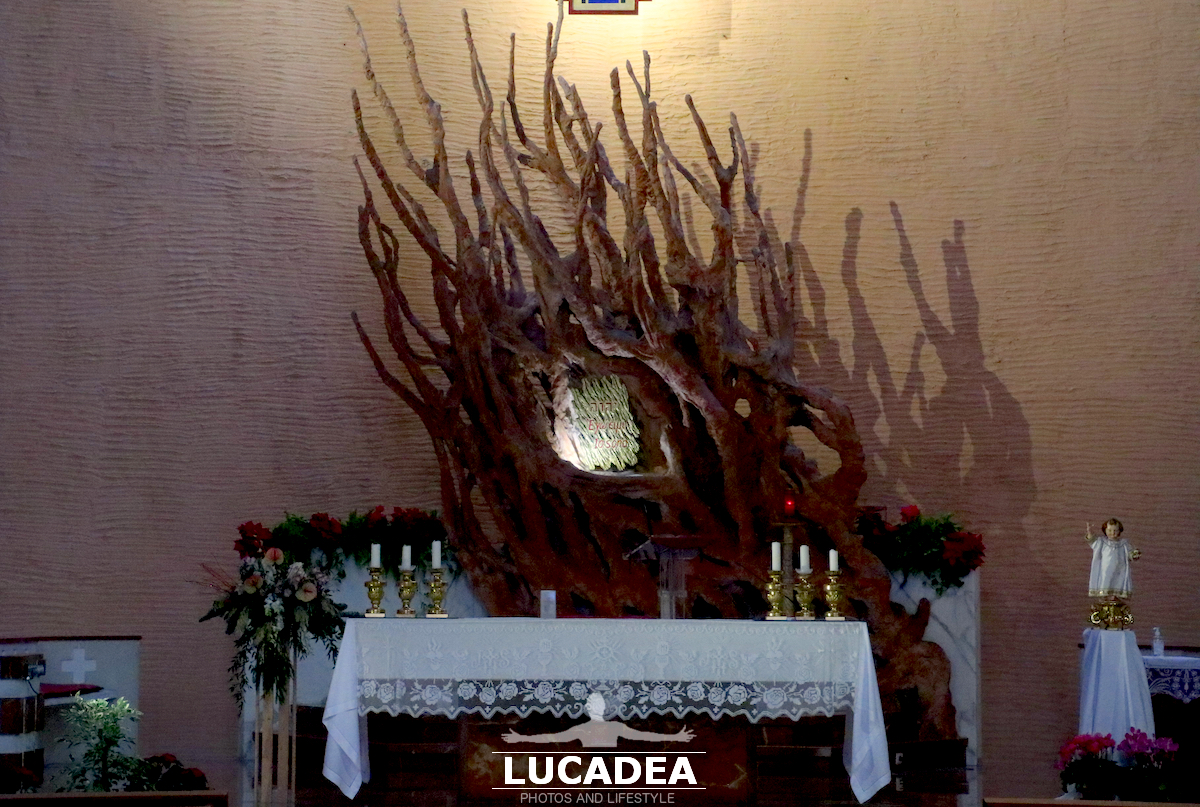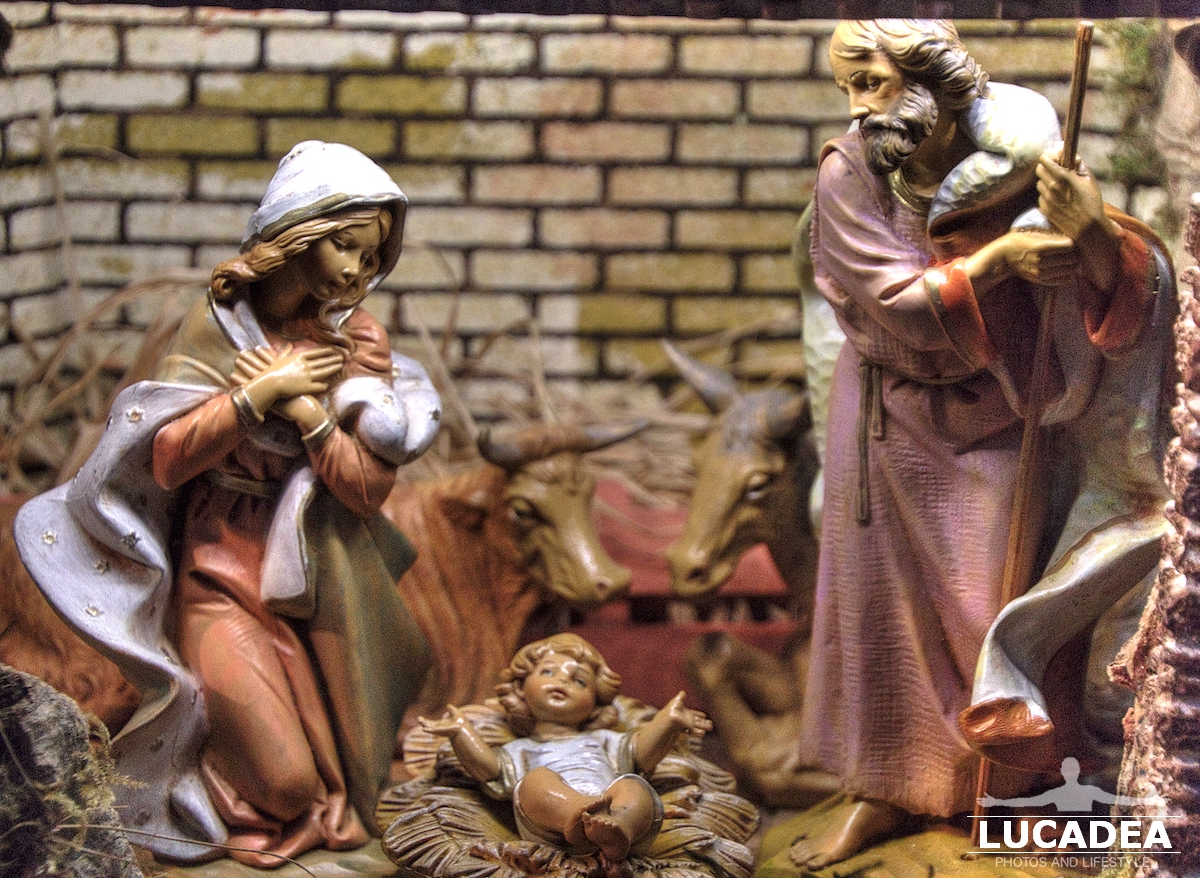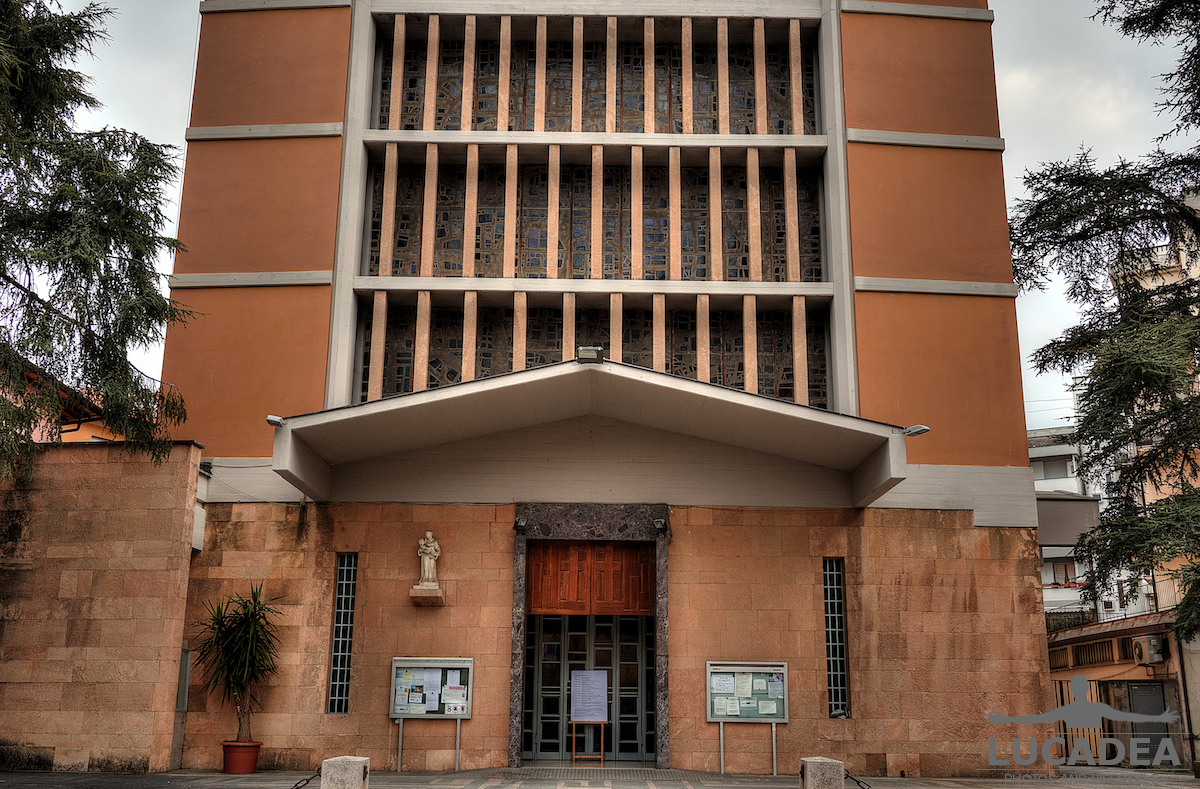The Chapel of Blessed Luca Belludi in Padua.
The Chapel of Blessed Luca Belludi, located in the Basilica of Saint Anthony in Padua, is an artistic and spiritual pearl of great importance. This sacred place, dedicated to one of Saint Anthony's closest collaborators, not only represents a point of reference for devotees but is also an extraordinary example of medieval art and architecture.
Luca Belludi was born in Padua in 1200 and became a Franciscan friar, known for his life of humility and devotion. A disciple and friend of Saint Anthony, Luca continued his evangelizing and charitable work after the Saint's death. His life was characterized by a profound spirituality and a constant commitment to serving the poor and needy. His beatification took place in 1927, officially recognizing his holiness and contribution to the Church.
The Chapel of Blessed Luca Belludi is a fine example of medieval art, with frescoes dating back to the 14th century, attributed to the school of Giotto. Located in the Basilica of Saint Anthony, one of the most venerated places in Padua, the chapel is a place of pilgrimage for the faithful seeking the intercession of Blessed Luca.
The frescoes in the chapel recount the life and miracles of Blessed Luca Belludi and Saint Anthony. The scenes are rich in vivid detail and bright colors, which convey a sense of deep spirituality and religious devotion. Among the most famous scenes are those depicting Blessed Luca in prayer and his many acts of charity.
The architecture of the chapel reflects the Gothic style, with elegant pointed arches and a structure that invites contemplation. The slender lines and stained glass windows help create an atmosphere of meditation and peace, ideal for prayer and meditation.
The Chapel of Blessed Luca Belludi is a place of profound spiritual importance for the faithful. Devotion to Blessed Luca is particularly felt in Padua, where many pilgrims come to pray for graces and favors. The chapel is also a place where masses and other religious ceremonies are celebrated, keeping alive the memory and cult of Blessed Luca.
Over the centuries, the Chapel of Blessed Luca Belludi has undergone various restoration works to preserve its beauty and integrity. These works have allowed the frescoes and the architectural structure to be kept in good condition, ensuring that this artistic and spiritual treasure can be admired and venerated by future generations.
The Chapel of Blessed Luca Belludi is a place of extraordinary beauty and spirituality, combining art and faith in perfect harmony. This jewel of the Basilica of Saint Anthony in Padua continues to attract devotees and art lovers from around the world, offering a unique opportunity to immerse oneself in the history and spirituality of one of the most fascinating periods of the Italian Middle Ages. Its preservation and worship testify to the enduring importance of Blessed Luca Belludi in the religious and cultural tradition of Padua.
Have you ever visited beautiful Padua?
Add your own comment or go to the bottom of the site to read what other visitors have written.
Photo taken with Honor 20.
This is the official website of the basilica: santantonio.org.
To see all the photos I took in the city of the Saint click here:

The chapel is, in truth, dedicated to the apostles Philip and James the Less, but it took the name by which it is known now because the mortal remains of the blessed Luca Belludi are preserved there, who was the companion of the Saint in the last part of his life, between 1230 and 1231. The chapel is composed of a single nave with a cross vault and a small semi-octagonal apse covered by a pavilion vault. It was erected in 1382 on behalf of the brothers Naimerio and Manfredino Conti, patricians from Padua.
Continue and learn more on Wikipedia
The Chapel of Blessed Luca Belludi in the Basilica of Sant’Antonio in Padua – La chapelle du bienheureux Luca Belludi dans la basilique Saint-Antoine de Padoue – La Capilla del Beato Luca Belludi en la Basílica de Sant’Antonio en Padua – A Capela do Beato Luca Belludi na Basílica de Sant’Antonio em Pádua – Die Kapelle des seligen Luca Belludi in der Basilika Sant’Antonio in Padua – Nhà nguyện của Chân phước Luca Belludi tại Vương cung thánh đường Sant’Antonio ở Padua
The text of the post was written with the help of ChatGPT, a language model from OpenAI.





